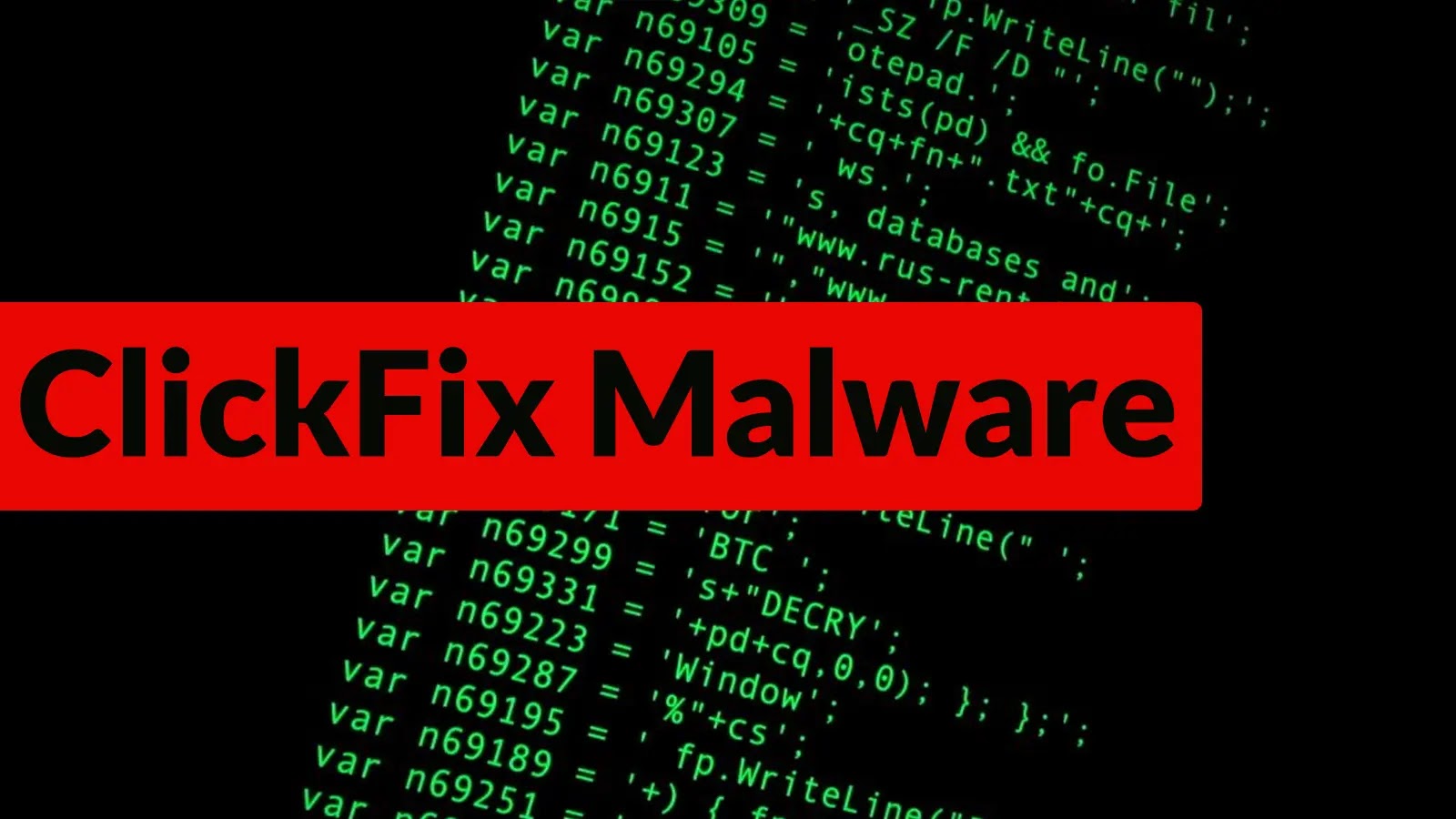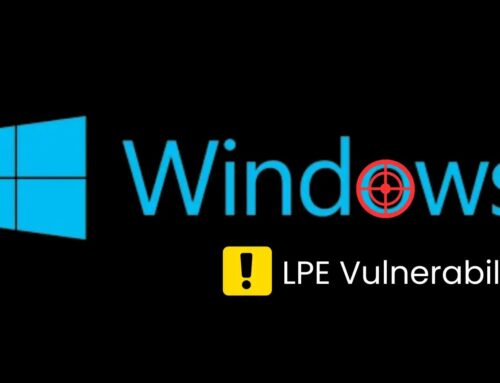
ClickFix Malware Attacks macOS Users to Steal Login Credentials
ClickFix: Unpacking the macOS Malware Campaign Stealing Credentials
The digital landscape consistently presents new challenges, and macOS users find themselves in the crosshairs of a sophisticated phishing campaign. Dubbed “ClickFix,” this novel attack leverages ingenious social engineering and operating system detection to surreptitiously pilfer login credentials. Understanding the mechanics of ClickFix is paramount for bolstering your digital defenses.
What is ClickFix? A Deceptive Phishing Tactic
ClickFix is a malware operation observed over recent months, meticulously crafted to target macOS users. Unlike traditional drive-by downloads or application-based malware, ClickFix thrives on user interaction, specifically by coercing victims into executing malicious commands directly within their terminals. Its primary deceptive layer mimics legitimate Cloudflare-style CAPTCHA verification processes, making it particularly insidious.
The Deception: Social Engineering at its Core
The attackers behind ClickFix have honed their social engineering techniques. By presenting a seemingly innocuous CAPTCHA challenge – a common security measure online – they lull users into a false sense of security. This fabricated verification process is expertly designed to appear legitimate, leveraging visual cues and messaging akin to those employed by services like Cloudflare. The goal is to trick users into believing they are simply proving they are not a robot, when in reality, they are initiating their own compromise.
How ClickFix Evades Detection and Steals Credentials
ClickFix’s effectiveness lies in its ability to avoid immediate detection by security mechanisms. Here’s a breakdown of its modus operandi:
- Operating System Detection: The malware incorporates logic to identify if the target system is macOS. This allows it to tailor its attack vector specifically for Apple’s operating system.
- Terminal Execution: Instead of dropping a traditional executable, ClickFix guides users to copy and paste a command into their terminal. This circumvents many file-based security scans and relies on the user’s implicit trust.
- Mimicking Legitimate Processes: By masquerading as a CAPTCHA, the malware leverages a familiar and generally trusted security hurdle. Users are accustomed to solving these to access content, making them less suspicious of the instructions provided.
- Credential Theft: Once the malicious command is executed, ClickFix gains unauthorized access, enabling it to exfiltrate sensitive login credentials and potentially other personal data from the compromised macOS device.
Remediation Actions and Prevention Strategies
Mitigating the threat of ClickFix and similar social engineering attacks requires a multi-layered approach. Here are actionable steps for macOS users and organizations:
- Exercise Extreme Caution with Terminal Commands: Never copy and paste commands into your terminal from untrusted sources or if you do not fully understand their function. Treat the terminal as a powerful, yet potentially dangerous, tool.
- Verify CAPTCHA Authenticity: Be suspicious of CAPTCHA requests that appear outside of expected contexts or that prompt you to execute unusual commands. Legitimate CAPTCHAs typically involve simple image selections or text entry, not terminal commands.
- Enable Multi-Factor Authentication (MFA): MFA provides an essential layer of security. Even if your credentials are compromised, MFA can prevent unauthorized access to your accounts.
- Keep macOS Software Updated: Regularly update your macOS to the latest version. These updates often include security patches that address known vulnerabilities, though it’s crucial to note that social engineering attacks primarily exploit human behavior, not necessarily software flaws.
- Utilize Robust Endpoint Security Solutions: Implement endpoint detection and response (EDR) or antivirus software capable of detecting suspicious behaviors and scripts, not just known malware signatures.
- Employee Security Awareness Training: For organizations, comprehensive training on phishing, social engineering, and the dangers of untrusted terminal commands is vital. Educate users on how to identify and report suspicious activity.
| Tool Name | Purpose | Link |
|---|---|---|
| Little Snitch | Network monitor and firewall for macOS, blocks unauthorized connections. | https://www.obdev.at/products/littlesnitch/index.html |
| Malwarebytes for Mac | Detects and removes malware, including adware and potentially unwanted programs. | https://www.malwarebytes.com/mac |
| Objective-See Tools (LuLu, BlockBlock, RansomWhere?) | Suite of free macOS security tools for firewall, process monitoring, and ransomware detection. | https://objective-see.com/products.html |
Conclusion
The ClickFix malware campaign underscores the evolving threat landscape for macOS users. While Apple’s operating system is often perceived as inherently secure, attacks leveraging social engineering and direct user interaction remain a potent threat. Vigilance, education, and the strategic implementation of security best practices are your strongest defenses against sophisticated phishing operations like ClickFix. Protect your credentials; verify before you act.





